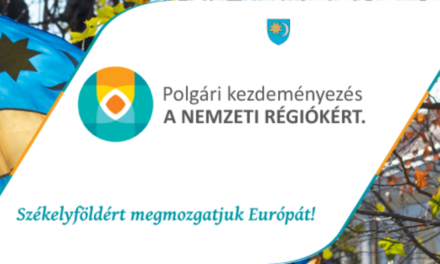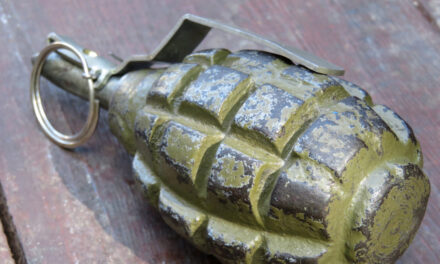A Fordson tractor, a wine cart, and the Székely gate in Csernát are among the unique objects borrowed from the nine institutions in Székelyföld, never seen before in Hungary!
Opening on October 15 at the Museum of Ethnography, the large-scale exhibition with many surprises presents the diversity of the historical Székelyland from the 19th century urbanization to the 21st century modernization. The objects and documents to be presented arrived in Budapest from the collections of the major Székelyföld museums on Wednesday evening. Through these, the exhibition aims to make visible the outstanding artefacts not yet seen in Hungary hidden in institutions across the border, the Museum of Ethnography announced in its announcement.
The 21st century Székelyland - as part of Romania - defines itself as a unified region.
The history, cultural history, economic development, and educational and cultural institutions of the region, defined on an ethnic basis, still form a specific, separate unit within the borders of Romania in many ways, while maintaining a special position for itself within the Hungarian nation as a whole.
The exhibition guides you to the areas inhabited by Hungarians in three Romanian counties (Hargita, Kovászna and Maros), and aims to convey the continuous transition and natural dynamics of the Székely culture.
The Székelyföld museums participating in the exhibition project:
– Székely National Museum, Sepsiszentgyörgy (SZNM)
– Haszmann Pál Museum, Alsócsernáton (HPM)
– László Incze Guild History Museum, Kézdivásárhely (ILCM)
– Csángó Ethnographic Museum, Zabola (CSNM)
– Csíki Székely Museum, Csíkszereda (CSSZM)
– Haáz Rezső Museum , Székelyudvarhely (HRM)
– Havadtő Ethnographic Museum; Havadtő (HNM)
– Maros County Museum, Marosvásárhely (MMM)
– István Molnár Museum, Székelykeresztúr (MIM)
– Márton Tarisznyás Museum, Gyergyószentmiklós (TMM)
Cover image: The Székei artefacts have arrived in Budapest
Source: Museum of Ethnography













